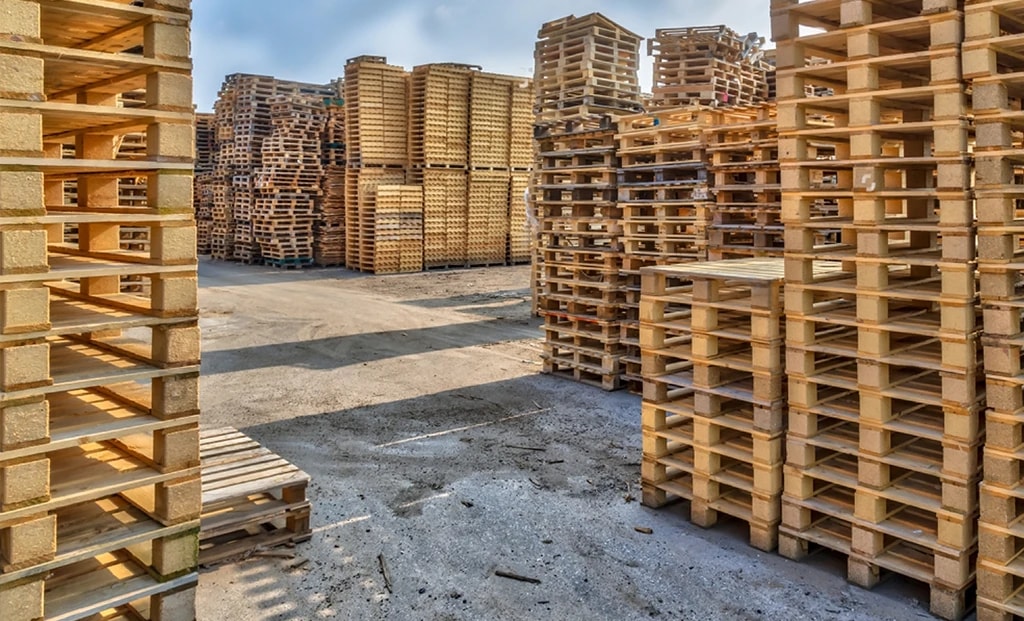Experiencing rejection is never pleasant, especially when it involves palletized freight within rapidly moving supply chains. If you find yourself grappling with such sentiments, rest assured, you’re not alone. According to DAT Freight & Analytics, as much as 12% of all deliveries face rejection or delay by the recipient for various reasons. In this blog, we delve into common causes behind load rejection, focusing initially on pallet compliance, before exploring the direct and indirect costs associated with it. Finally, we outline proactive measures to help ensure that your shipments receive the acceptance they rightfully deserve. Let’s begin our therapy session!
Reasons Behind Load Rejection
Load rejection occurs when the recipient refuses to accept goods or materials, a scenario that can disrupt the entire flow of the supply chain. Modern facilities rely on efficient material handling, necessitating predictable loads that meet the recipient’s specifications. When deliveries fail to meet these requirements, it can lead to delays or outright rejection, causing significant headaches in the process.
There are several reasons why a recipient might reject a load
Damaged Goods: If products arrive damaged, they may be rejected, often due to inadequate packaging or rough handling during transit. Incorrect Quantity: Overages or shortages can lead to rejection, highlighting the importance of accurate inventory management. Late Deliveries: Timeliness is crucial, particularly for time-sensitive goods. Late arrivals can render products useless or cause logistical complications. Quality Control: Goods failing to meet quality standards or found defective may be turned away. This includes monitoring temperature ranges for perishable items and ensuring compliance with packaging and pallet quality standards. Incorrect Documentation: Inaccurate or incomplete paperwork, including customs documentation, can result in load rejections. Mismatched Orders: Delivering items that don’t match the recipient’s order is a common cause of rejection.
Direct and Indirect Costs
Load rejections incur both direct and indirect costs. Shippers bear expenses related to returning, reworking, or restocking rejected loads, in addition to potential storage costs. Moreover, rejected loads can disrupt receiving schedules, leading to underutilized hours and operational inefficiencies.
Best Practices to Prevent Load Rejection
To mitigate load rejection, it’s essential to understand customer requirements and maintain open communication channels with recipients. Implementing quality assurance measures, robust inventory management systems, accurate documentation practices, and effective packaging solutions can help minimize rejection incidents.
If you’re facing packaging-related challenges or navigating pallet compliance issues, consider reaching out to our leading unit load packaging testing service. With a comprehensive understanding of rejection causes and effects, shippers can adopt best practices to streamline supply chain operations and minimize rejection instances.
And should you require assistance with addressing product damage, optimizing unit loads, or understanding customer pallet specifications, don’t hesitate to contact Lumbera’s national sales team.



